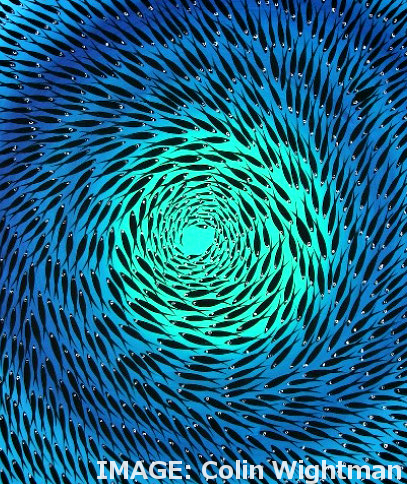Deep scan links ancient art
 New techniques are revealing fresh details of ancient landscapes.
New techniques are revealing fresh details of ancient landscapes.
Researchers from Flinders University have used sub-surface imaging and aerial surveys to reveal the previously hidden, ancient landscape of Red Lily Lagoon in West Arnhem Land, Northern Territory.
The team employed Electric Resistivity Tomography (ERT), drones, and laser imaging to map the ancient coastal landscape now buried under sediment.
By examining the transformed Red Lily Lagoon landscape, the scientists discovered that the ocean had reached this now-inland region, which has important implications for understanding the archaeological record of Madjedbebe, the oldest archaeological site in Australia.
The findings also provide a new way to understand the rock art in the region, which is recognised globally for its significance and distinctive style.
By examining how sediments now buried beneath the flood plains changed as sea levels rose, the researchers can see how the transformation of Red Lily Lagoon had resulted in the growth of mangroves that have supported animal and marine life in a region where ancient Indigenous rock art is located.
This transformation has, in turn, fostered an environment that has inspired the subjects and animals in the ancient rock art.
The discovery of mangroves, fish, crocodiles, and birds in the art reflects the phases of environmental change when freshwater floodplains made up the landscape.
These animals become featured in the art when the floodplain transformed to support freshwater habitats for new species.
“This is a key landscape for understanding the early human occupation of Australia,” says Dr Jarrad Knowlessar.
“Our reconstruction of Red Lily Lagoon enables effective predictive modelling of prominent cultural sites and provides an important method to interpret the presence and provenance of Indigenous cultural material.
“The timing of rock art aligns with the broader environmental changes we understand took place in this landscape.
“This is evident through changes in subject matter in the art, such as large macropods, and the appearance of estuarine animal species such as fish and crocodiles in the art.
“The inclusion of freshwater species, such as fish and birds, occurs in the most recent artistic styles of this region, and this reflects the phases of environmental change when the freshwater floodplains made up the landscape.
The results of the study suggest all Pleistocene sites in western Arnhem Land were near the ocean and, subsequently, mangrove swamps at some point during the transformation of the landscape.
This has important implications for the paleogeographic settings of these sites, which must be considered when interpreting changes in stone artefacts, food resources, and the isotope composition of materials from this period of the first Australians.
The team believes that this underground mapping and visualisation technique could help identify underground sites where First Australians may have lived thousands of years ago and potentially left behind rock art.
The full study is accessible here.








 Print
Print